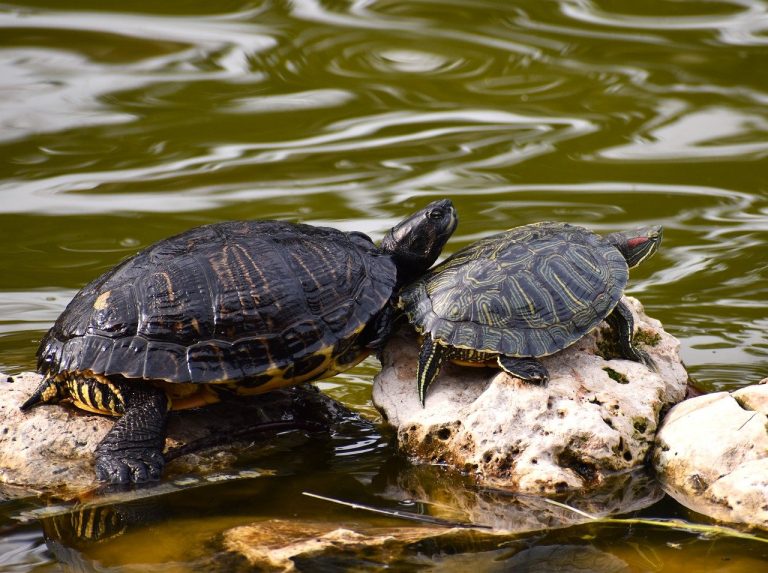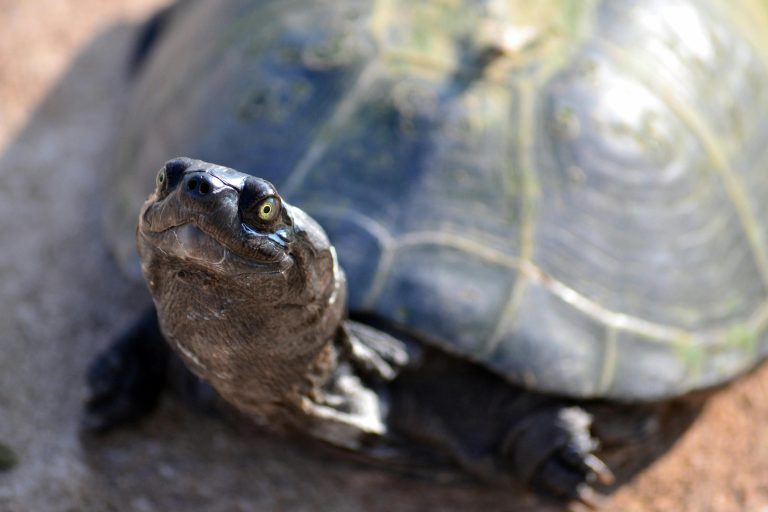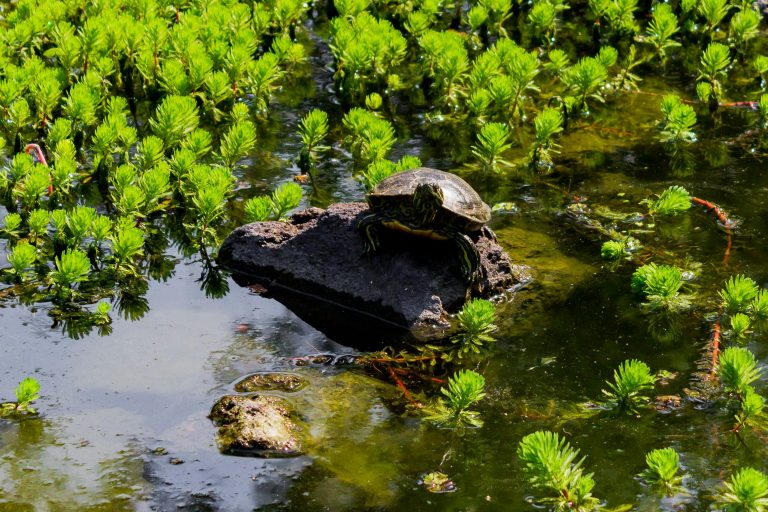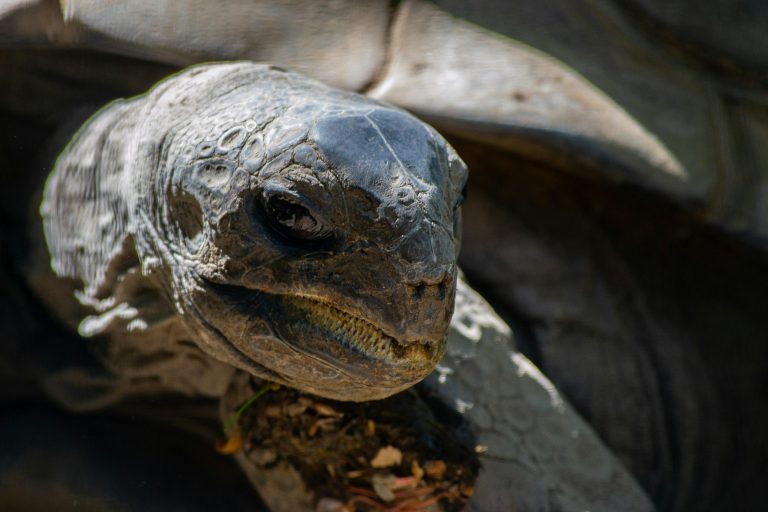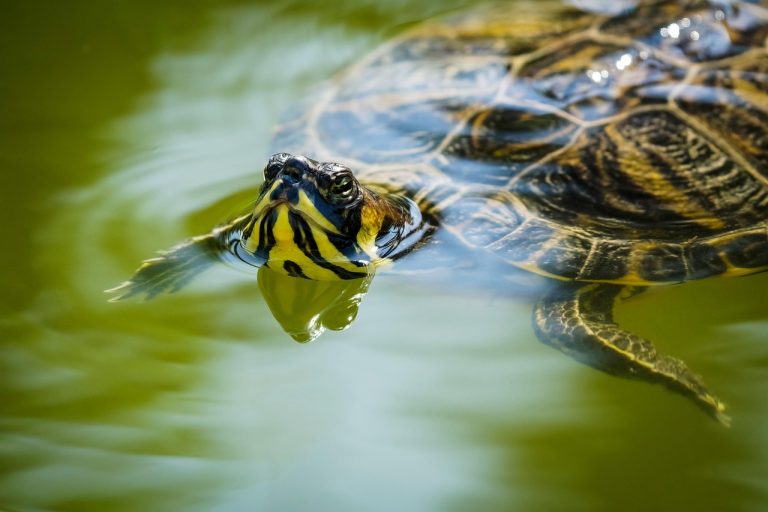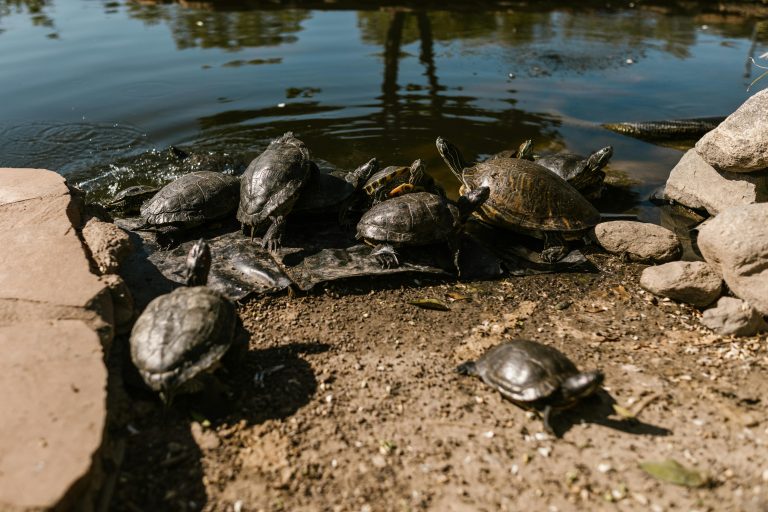3 Seasonal Feeding Strategies For Your Turtle: Adjusting Diet Through The Year
Seasonal shifts weave their way into every corner of a turtle’s existence. For those who tend to ponds or lakes teeming with these shelled creatures, grasping the nuances of their dietary needs becomes paramount. It’s the key to aiding them in navigating the ever-shifting landscape, much like their wild counterparts.
Winter casts the most profound spell on a turtle’s culinary preferences. Some species halt their feeding entirely during this chilly season. Meanwhile, others can be observed rummaging through mud in search of insects when the rains pour down.
A caretaker’s ultimate desire is to see their pet turtle content and thriving, as if it were in its natural habitat. Yet, that becomes an elusive dream if every aspect of their environment is stripped away. At the very least, adjusting their diet to accommodate the seasonal rhythms ensures they receive the sustenance tailored to each specific time of year.
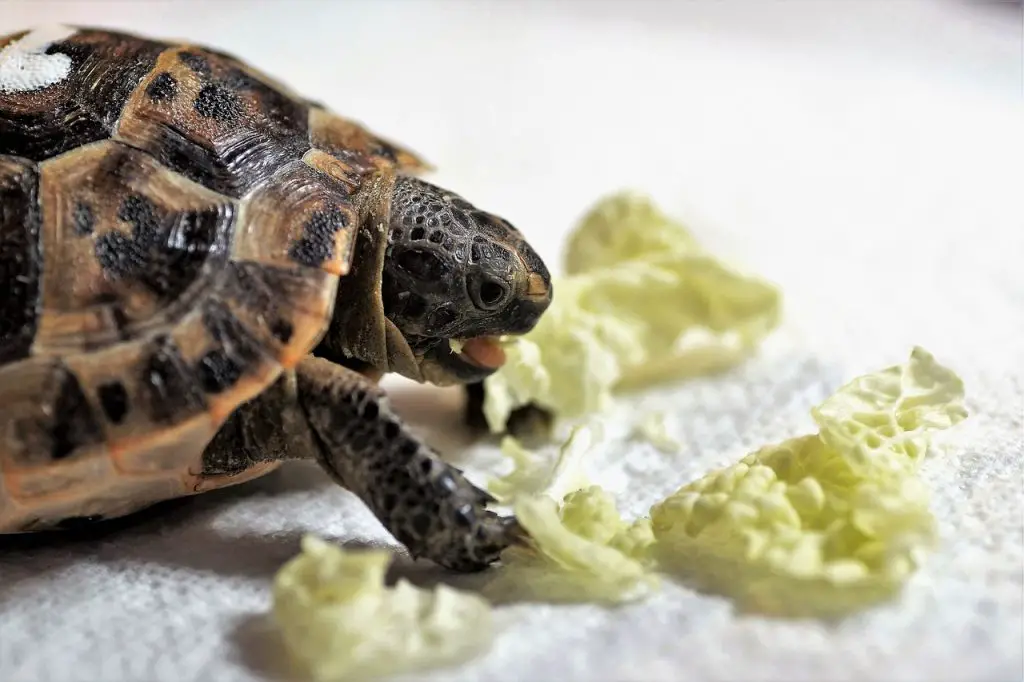
Key Takeaways
- Turtles start brumation or hibernation during winter.
- Map or box turtles are the most consistent when it comes to brumation.
- You need to ensure your turtle has enough vitamin A before entering winter.
- On rainy days, wild turtles bury themselves in mud and survive by eating earthworms and snails.
Why Does A Turtle Need A Different Diet For Every Season?
Adapting to temperature fluctuations and the accompanying challenges, turtles and all creatures alter their diets accordingly for survival. Unlike humans, they lack the ability to regulate nest temperatures.
Only a select few pet turtles, those dwelling in our homes, share our climate-controlled comfort. They may find security in a consistent diet year-round, but not all. For those finicky turtles, seasonal shifts may trigger changes in cravings.
While commercial pellets may suffice as per the seller or breeder’s recommendations, consider whether such fare aligns with wild turtle diets. Reflect on this crucial question.
Here are two compelling reasons why tailoring a turtle’s diet to the seasons is essential:
- Not Every Pet Turtle Dwells in an Aquarium
Pet turtles necessitate sizable tanks; an adult may require a 120-gallon setup. Understandably, continually upsizing tanks can seem impractical.
For true turtle aficionados opting to adopt multiple turtles, investing in a backyard turtle pond emerges as a popular choice. This approach mirrors the semi-aquatic turtles’ natural habitat and offers ample space for creating their own turtle community.
Regulating the temperature of an outdoor pond proves challenging. Even with a heater, water temperatures can plummet during freezing weather.
Thus, pet turtles in ponds adapt their dietary preferences to weather extremes, necessitating corresponding adjustments from their caretakers.
For instance, pond-dwelling turtles might enter brumation during harsh weather—a behavior less likely among their indoor tank-dwelling counterparts. Consequently, the dietary needs of these two groups diverge due to habitat disparities.
- Rescued Turtles Present Challenges in Taming
While hatchlings are a popular choice for adoption, some turtles arrive at shelters as adults, having spent considerable time in the wild. Domesticating such turtles proves arduous.
Accustomed to wild diets across seasons, these turtles may resist solely consuming commercial pellets. Coercing them into such a diet risks inducing complete appetite loss.
Responsible caretakers of rescued turtles must adjust feeding regimens to accommodate seasonal variations.
Turtles, like all reptiles, aren’t inherently suited for captivity. Honoring their natural rhythms constitutes the best care for these exotic companions.
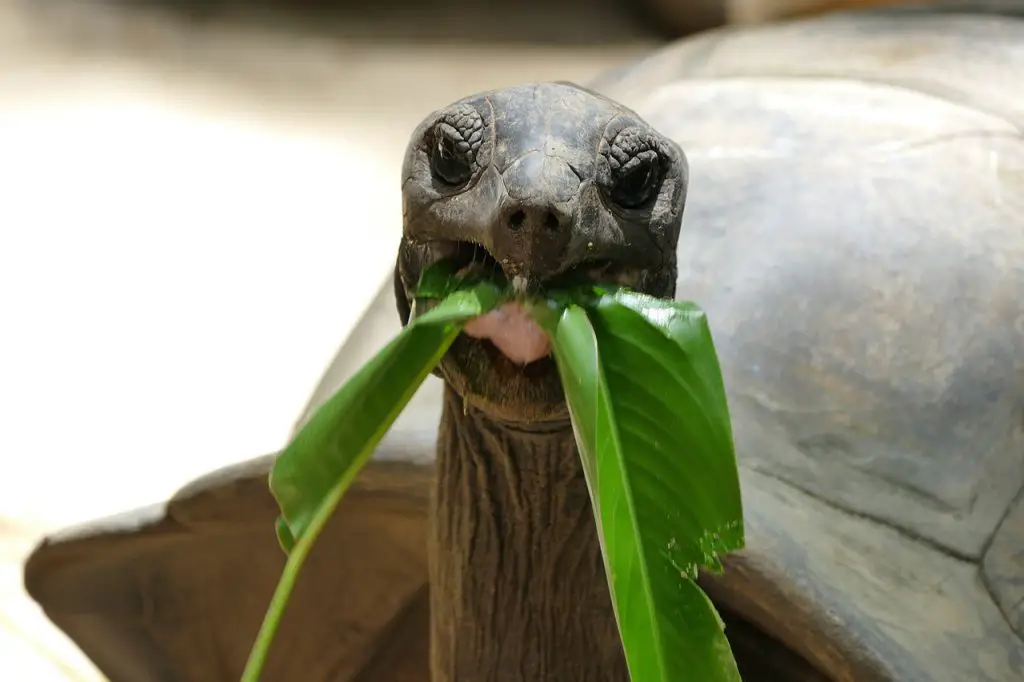
What To Give Your Turtle According To Seasons
From January to December, the year unfolds through three distinct seasons: summer, rainy, and winter. While the transition from summer to autumn may be subtle, the most notable changes occur during the extremes of summer and winter, impacting turtles’ dietary habits.
Sunny Summer (June To July):
As summer dawns, turtles revel in the warmth after enduring a long, dark winter. Basking in the sun’s rays becomes their primary pursuit, aiding in the synthesis of vitamin D3, crucial after months of hibernation. Interestingly, this influx of sunlight and essential vitamins triggers a spike in their metabolism, prompting a quest for protein-rich sustenance.
For sea turtles, delicacies like crabs, lobster, shrimp, and algae offer vital nutrients such as healthy fats and protein. Fish, abundant in vitamin A, aids in skin rejuvenation post-hibernation. However, adult sea turtles often gravitate towards a predominantly vegetarian diet during summer, occasionally indulging in seafood treats like sea cucumbers and mollusks.
To maintain a well-nourished summer diet for pet turtles, prioritize protein-rich options like seaweed and crustaceans for sea turtles, adjusting the meal plan based on age and dietary preferences.
Cloudy Or Rainy Days (Mid-July To Late August):
During heavy rain showers, turtles seek refuge by burrowing into mud, patiently awaiting the storm’s end. Here, they rely on insects and earthworms unearthed from the moist soil as their primary source of sustenance. This natural bounty of protein-rich prey sustains adult turtles for several days.
Amidst the monsoon season, refrain from manually collecting worms and insects, opting instead to allow your turtle to forage in muddy areas. Supplementing their diet with organic freeze-dried alternatives ensures a balanced nutritional intake.
Harsh Winter (December To February):
Winter poses significant challenges for turtles, lacking the speed and hunting prowess to secure food amidst scarcity. In response, many turtles enter a state of brumation, significantly reducing their appetite.
While it’s natural for turtles to eat less during winter, caretakers should maintain a balanced approach to feeding. Divide winter feeding strategies into two categories: one tailored for turtles undergoing brumation and the other for those remaining active.
For turtles undergoing brumation, reduce feeding frequency and offer light, easily digestible meals. Conversely, for active turtles, continue regular feeding while adjusting portions to account for reduced activity levels.
Ultimately, understanding and adapting to seasonal dietary shifts ensures the well-being and vitality of pet turtles year-round.
Feeding Strategies For A Brumating Turtle
Turtles, unlike some reptiles, don’t typically undergo true hibernation. While terms like hibernation and brumation are often used interchangeably, the latter is more applicable to turtles. Unlike the drastic metabolic slowdown seen in hibernating snakes, turtles exhibit a more subdued response to cold weather.
During brumation, turtles may appear outwardly lethargic, seeking shelter behind rocks or logs for extended periods. They may drink water intermittently, with minimal urination as their bodies efficiently absorb moisture for hydration. Brumation entails a reduction in oxygen and food intake, effectively slowing their metabolism to conserve energy and fat stores.
Stage 1: Preparing for Brumation
Brumation isn’t an abrupt process; it’s preceded by a period of preparation lasting 1-2 months. As a caretaker, your role is crucial in ensuring your turtle is adequately nourished for the impending fasting period.
Strategy 1: Enriched Vitamin-A Diet
Begin supplementing your turtle’s diet with foods rich in vitamin A, typically around September or October. Opt for orange or red vegetables like broccoli, carrots, or fruits such as oranges and peaches. Protein sources like feeder fish bolster their vitamin A reserves, crucial for skin health during brumation.
Strategy 2: High-Fiber Foods
Introduce high-fiber foods into your turtle’s diet by late September to mid-October. Leafy greens like romaine lettuce and kale facilitate smoother digestion, reducing the risk of undigested food lingering in the intestines during brumation.
Strategy 3: Fasting Period
As brumation approaches, gradually reduce feeding frequency and allow your turtle to fast for 2-3 weeks. Mimic natural temperature fluctuations, gradually lowering the ambient temperature to mimic pre-brumation conditions.
Strategy 4: Hydration
Ensure your turtle remains adequately hydrated by allowing it to soak in water for 20-30 minutes daily. This practice helps them acclimate to relying solely on water for hydration during brumation.
Stage 2: Brumation Period
Once December arrives, ushering in the brumation phase, cease all feeding efforts. Even if offered, turtles typically refuse food during brumation, minimizing the risk of introducing harmful microbes into their environment.
Focus solely on hydration during brumation, maintaining regular soaking sessions to ensure adequate moisture absorption.
Stage 3: Post-Brumation
Most turtles emerge from brumation within 2 months, though some species may take longer. Observe your turtle for signs of illness, allowing it to awaken naturally.
During the post-brumation period, reintroduce light, easily digestible foods like vegetables and monitor their response. Avoid offering heavy or complex foods initially, as their digestive systems readjust to eating after the fasting period.
Consulting with a vet can provide guidance on reintroducing a balanced diet post-brumation, ensuring your turtle’s health and well-being. Resist the temptation to overfeed, allowing your turtle’s digestive system to gradually readjust to regular feeding patterns.
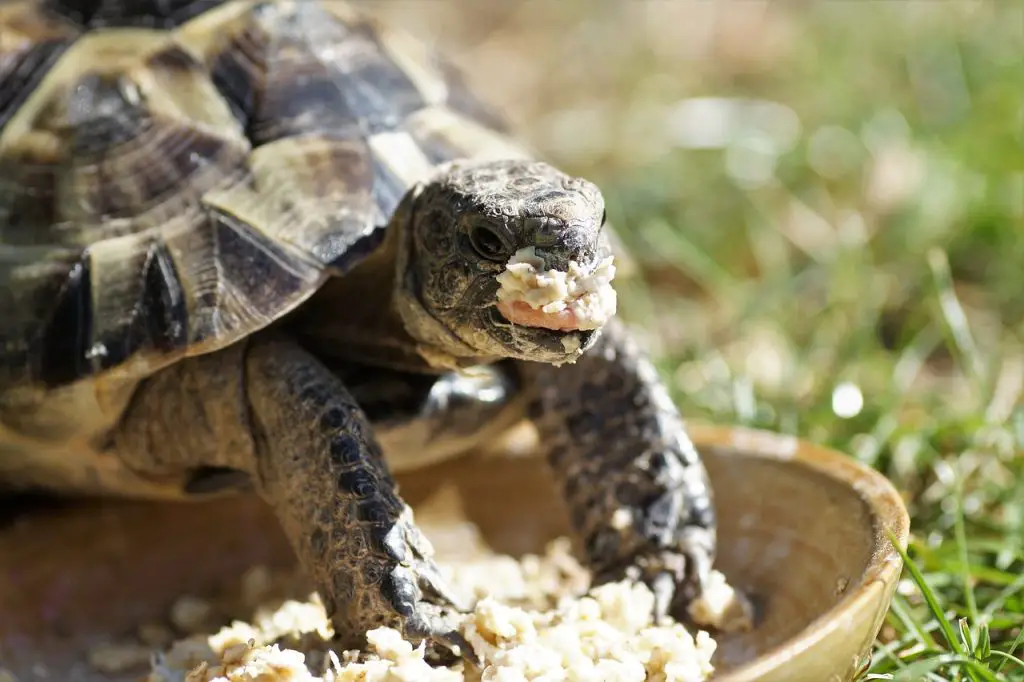
Feeding Strategies For A Non-Brumating Turtle
Alright, let’s address the scenario where your turtle doesn’t exhibit signs of initiating brumation. In such cases, starving it would be entirely inappropriate. Instead, you should adhere to strategies 1, 2, and 3 outlined previously.
If your turtle maintains normal activity levels, oxygen intake, and appetite, it likely doesn’t feel the need to enter brumation. Certain turtle species only undergo brumation in response to direct threats in the wild; otherwise, they require at least some food year-round.
In these instances, opt for a feeding strategy centered around simple, easily digestible fare. Given the lower temperatures outside, your turtle’s metabolism naturally slows down, even without brumation.
Providing a heavy, protein-rich meal would pose challenges in digestion. Therefore, it’s advisable to offer commercial pellets tailored to juvenile turtles. Additionally, limit live food like feeder fish, shrimp, and grasshoppers to once a month. This ensures a balanced diet without overwhelming their digestive system.
Last Words!
It’s a somber reality that certain turtles may not emerge from brumation, ultimately succumbing to illness. What makes this situation even more disheartening is the realization that as their caretaker, you may have been unaware of your beloved pet’s silent struggle.
